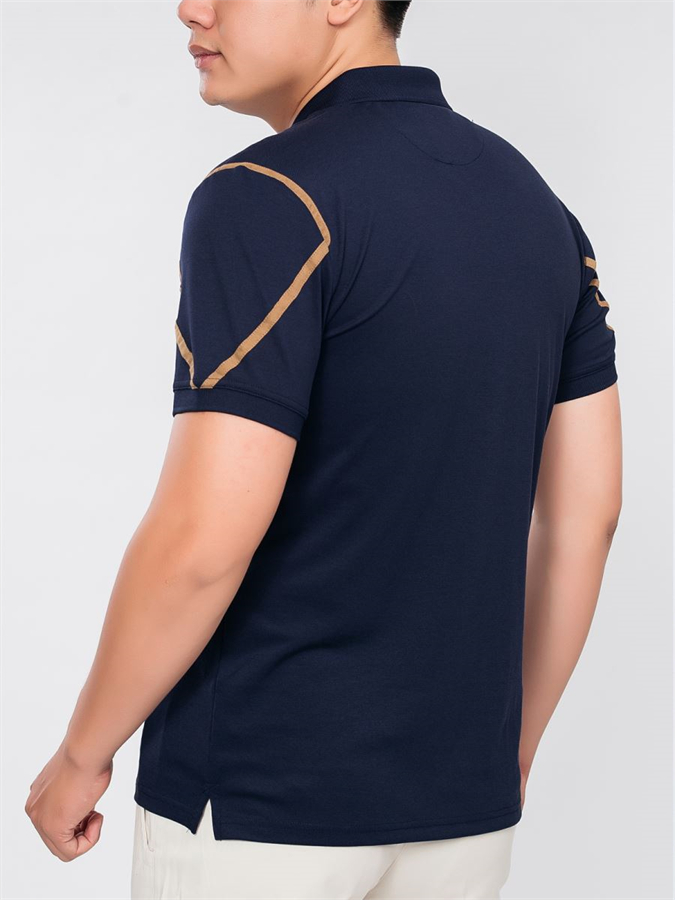When the dress code calls for formal attire, the aim is to appear more professional while still being comfortable. Dressing should be neat and tailored, with matching accessories and closed-toed shoes.
For women, the typical business casual outfit consists of skirts or dress pants as well as a blouse or sweater and a blazer. Close-toed shoes, such as loafers, pumps, or flats, must be polished.
Dress code for Business Casual
The dress code for business casual can be difficult to navigate particularly for those who are who are new to the workplace. It’s an attire that is more formal than a suit however less formal than T-shirts and jeans. The dress code can vary based on gender, culture and religion of the organization and the place of work.
MaryKathryn McArthur is the lead stylist at Short Story, an online personal styling service catering to women who are petite. She believes that balance is key for a casual, business-casual look. This means mixing skirts or dress pants with a blouse, cardigan or blazer, as well as shoes that are appropriate for the office environment. Avoid tight or ripped jeans, strappy shoes such as crop tops, tennis shoes.

Business casual is a style of dress which emphasizes long sleeves. button-down shirts in neutral dark colors and well-pressed. Tie-dye isn’t required, and loafers, or dress shoes are a good option for shoes. In terms of accessories, a simple scent and a watch are typically acceptable for this dress code.
This dress code is typically used in workplaces with the highest amount of movement and activity, like schools, restaurants and warehouses. This is an excellent option for workers who want to feel comfortable, while maintaining an appropriate professional look. Before changing their business casual dress code workers are urged to check with their managers or HR department.
Business Formal Wear
Business formal clothing may be required for jobs that require an elegant and formal look. Three-piece suits are perfect for high-stakes interviews and positions in industries where a traditional corporate look is expected for, like finance or law. The suit should fit well and be solid or neutral shade. Beware of patterns that are too flashy. Choose fabrics like wool or cotton to remain warm and versatile.
In this category, jeans are not permissible, but khakis and dark trousers that have been neatly pressed and paired with a matching shirt could be considered suitable. A blazer or cardigan can be layered for added depth and warmth. Jewelry should be minimalist and subtle, and the belt can be worn to highlight your waist. Shoes that have a polished finish and a dark shade like brown or black, should have toes that are rounded.
If you’re not sure, look on the internet to find out what your office’s dress code is. Corporate websites, images of the workplace and water cooler gossip can all provide clues as to what’s acceptable. First impressions. A neat and polished appearance demonstrates professionalism, expertise and respect.
Professional Dress Standards
In this type of dress code, employees are expected to wear professional clothing that conveys a positive image of the company to clients. This image is based on the professionalism and quality of the work delivered by the business. Formal dress codes promote confidence, trust and respect, while a casual dress code promotes a friendly productive, pleasant and friendly attitude to work.
The dress code for professionals can differ depending on the industry or region, as well as from company to company. Certain employers let employees select their own attire however, others enforce higher standards, requiring ladies to wear knee-length skirts or dresses, while men must wear pants that are not jeans or short-sleeved shirts. Men can wear trousers such as khaki, corduroy or cotton pants, paired with long-sleeved button-downs or polo sweaters and shirts. Men are permitted to wear jackets and sport coats. Tie-ups are not mandatory. Shoes could include loafers, Oxfords or pumps. Sneakers and peep toe shoes are generally not allowed and try this site https://aristino.com/ao-nam/ao-polo-nam/.
While this is a less formal dress code than a formal dress code, it’s nevertheless important to remain neat and tidy. No matter what type of clothes you’re wearing be sure that it’s clean and well-fitted to avoid looking like a sloppy person. If in doubt, go to formal occasions at occasions like meetings or interviews.
Dress Codes for Office
Business casual is a workplace dress code that permits employees to show their personality through their attire while keeping a professional appearance. This type of dress code is usually used in remote offices, and it can include outfits like hoodies T-shirts, blouses, jeans, and closed-toe shoes. The dress code can also ban casual clothing like workout clothes or ones with too much skin. It could also prohibit clothes with tears or staining or offensive images.
The best staples to wear for a business casual dress code are solid-colored fitted pants and shirts with dark or neutral hues. Depending on the office’s expectations, men can pair khaki or dress pants with a polo shirt, with a collared shirt, or a sweater. Business casual is also applicable to dresses and skirts, so long as they’re pressed and appropriately modest for work.
Although jeans are not permitted in a casual business dress code, certain workplaces that appreciate a contemporary, friendly workforce may permit this kind of dress code. If you’re unsure of the dress code of your workplace, it’s recommended to be cautious and avoid wearing jeans during your interview or the first couple of days.
A dress code for the workplace is a set of guidelines that creates uniformity in the office and establishes the standard for professionalism. Connecteam’s comprehensive employee management software makes it easy to create and implement the business casual dress code with visuals that clarify expectations for employees. Start using Connecteam today!
Categories: Shopping